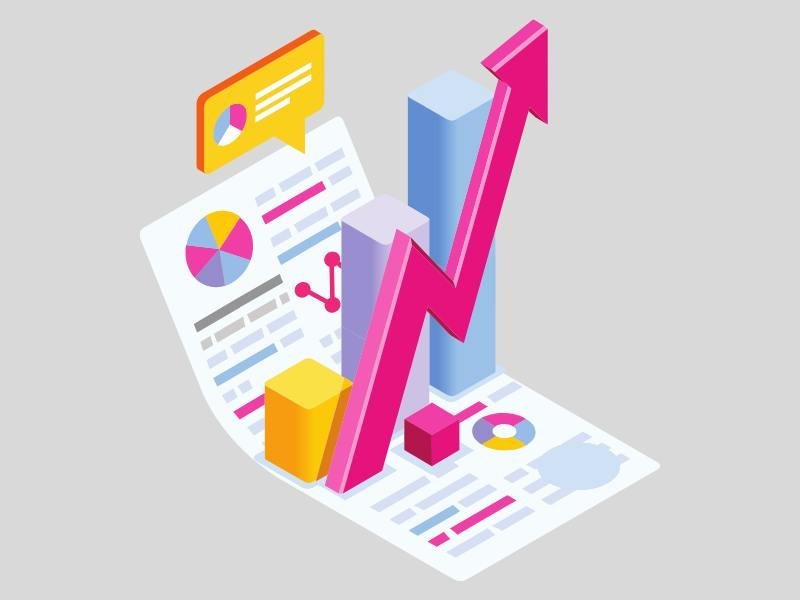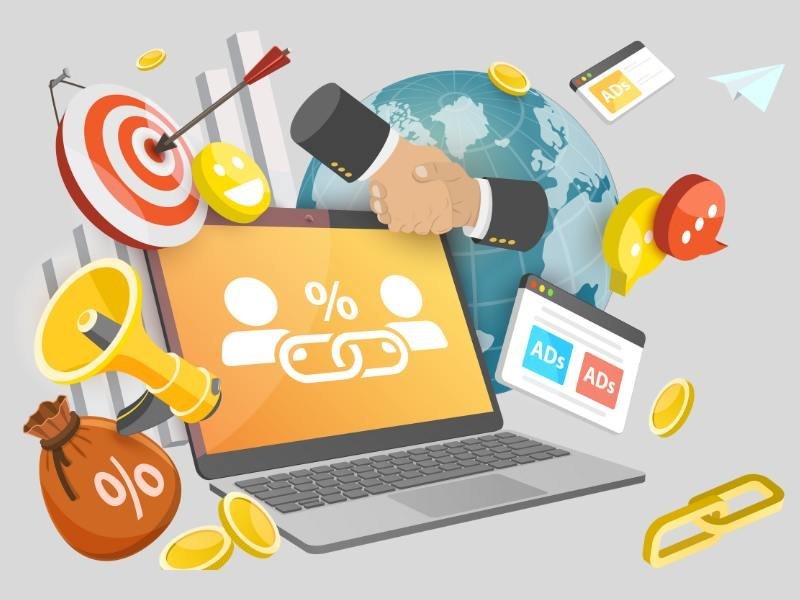
How Does Advertising Work in 2025?
As we navigate through the mid-2020s, advertising continues to evolve at a rapid pace, shaped by advancements in technology and shifts in consumer behavior. In 2025, advertising is not just about reaching more people, but about connecting more intelligently and personally. Here’s how advertising works in 2025, with a focus on emerging trends and technologies.

Integration of AI and Machine Learning
Artificial intelligence (AI) and machine learning are at the heart of advertising in 2025, transforming how campaigns are created, optimized, and evaluated. Key applications include:
- Predictive Analytics: AI algorithms predict consumer behavior and preferences, allowing advertisers to target audiences more precisely.
- Automated Ad Creation: Machine learning generates and tests varying ad copy and visuals to determine what performs best across different platforms.
Enhanced Personalization
Personalization has reached new heights in 2025, with ads tailored not just to demographic segments but to individual consumer behaviors and preferences. This is facilitated by:
- Data Integration: Comprehensive data collection methods, including IoT devices, provide a holistic view of consumer lifestyles, enhancing targeted advertising.
- Dynamic Content: Ads automatically adjust content based on real-time data inputs like location, weather, and user activity.
Augmented Reality (AR) and Virtual Reality (VR)
AR and VR have revolutionized the interactive experience of ads, providing immersive experiences that engage consumers on a deeper level. Examples include:
- Virtual Storefronts: Brands create interactive 3D environments where consumers can explore products virtually.
- AR Filters and Features: Companies use AR to overlay digital information on real-world objects, enhancing the physical shopping experience.
Voice-Activated Advertising
With the proliferation of smart speakers and voice-assisted devices, voice-activated advertising is becoming increasingly prevalent. This trend includes:
- Voice Ads in Virtual Assistants: Advertisements delivered through devices like smart speakers are tailored to user queries and interactions.
- Contextual Voice Advertising: Ads triggered by voice search activities, providing relevant promotions based on spoken keywords.
Ethical Advertising
As consumer awareness about data privacy and ethical concerns grows, advertisers in 2025 place a greater emphasis on ethical advertising practices. This includes:
- Transparency: Brands provide clear information about data usage and obtain explicit consent from consumers.
- Responsible Content: Advertisers are more cautious about the social and environmental impacts of their campaigns.
Conclusion
Advertising in 2025 is characterized by an intricate blend of technology, personalization, and ethical practice. As brands strive to stay relevant in an ever-evolving digital landscape, the focus is on creating meaningful, engaging, and responsible advertising that resonates with consumers on a personal level. Staying ahead in this dynamic environment requires continuous innovation and a keen understanding of both technology and consumer behavior.
Frequently Asked Questions (FAQs)
1. How is AI transforming advertising in 2025?
AI enables predictive analytics, automated ad creation, and smarter targeting, optimizing campaigns with real-time performance insights.
2. What does enhanced personalization mean in advertising today?
Ads are tailored to individual behaviors and preferences using real-time data, IoT insights, and dynamic content adjustments.
3. How are AR and VR used in advertising?
They create immersive experiences like virtual storefronts and AR filters, allowing interactive and engaging brand-consumer connections.
4. What is voice-activated advertising?
Voice ads leverage smart speakers and assistants, delivering contextual promotions based on voice searches and user interactions.
5. Why is ethical advertising important in 2025?
Consumers demand transparency, data privacy, and responsible content, making ethics essential for building trust and long-term loyalty.


